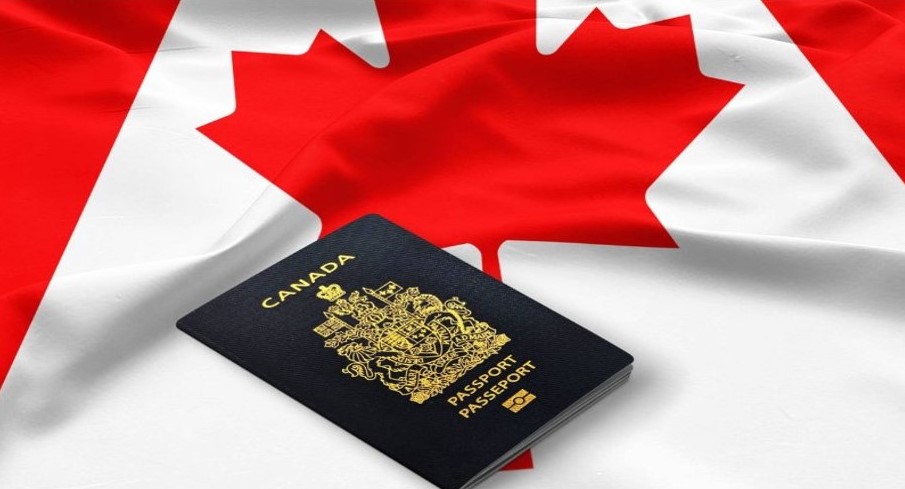Are you planning a trip to Canada? Whether you’re visiting for a short holiday, to see family, or for a business meeting, you’ll likely need a Temporary Resident Visa (TRV). This guide simplifies the TRV application process to help ensure your journey to Canada starts smoothly.
What You Need to Know About the TRV
A TRV, or Temporary Resident Visa Canada, allows you to visit Canada for up to six months. Understanding the scope of the TRV, its types, and applicant requirements will help you complete the process effectively. Here’s what else you should know.
- Purpose: TRVs are mainly for tourism, family, or business trips. Knowing why you’re visiting helps determine what documents you’ll need.
- Single vs. Multiple Entry: You can choose between a visa that lets you enter Canada just once or multiple times over up to 10 years.
- Who Can Apply: You need to show that you have strong ties—like a job, home, or family—that will take you back home after your visit.
- Validity Period: Check the validity of your visa, as some TRVs are issued up to the date of your return flight or itinerary.
- Conditions on Work and Study: Generally, TRVs do not permit holders to work or study during their stay in Canada. Specific permissions or visas are required for these activities.
- Extension Possibility: If your travel plans change, you may apply for an extension of your TRV, but this requires a valid reason and new documentation.
Getting Ready to Apply
The foundation of a successful Temporary Resident Visa Canada application lies in meticulous preparation. Here’s what to line up before you start filling out forms.
- Fill Out the Forms: Complete the necessary forms from Immigration, Refugees and Citizenship Canada (IRCC). Accuracy is crucial to avoid any hitches.
- Gather Your Documents: You’ll need your passport, photos, financial proof, a travel itinerary, and an invitation letter if you’re visiting someone.
- Show You Can Afford the Trip: Documents like bank statements or pay slips prove you have enough money to stay in Canada.
- Check Document Validity: Ensure all your documents are current and valid for the duration of your intended stay.
- Plan for Health Insurance: While not always mandatory, health insurance is recommended to cover any medical expenses in Canada.
- Consult with a Legal Advisor: If unsure about any legal requirements or forms, consulting with an immigration lawyer can be helpful.
How to Submit Your Application?
You’ve got your forms and documents; now it’s time to submit your application. You can do this online or on paper. Simply follow the steps below.
- Online: Submit your documents through the IRCC website. This is faster and lets you track your application’s progress.
- Paper: Drop your application at a visa application center. Make sure your documents are complete and your forms are signed.
- Paying Your Fees: You’ll need to pay a fee, which varies depending on the type of visa you’re applying for. Remember, fees are non-refundable.
- Choose the Right Type of Submission: Decide whether online or paper submission works best for your situation.
- Prepare for Possible Courier Fees: If applying by paper, factor in the costs and logistics of sending your documents safely.
- Double-check Your Submission: Before submitting, double-check that no required document or information is missing to avoid delays.
After You Apply: What’s Next?
Here’s what happens after you apply, so you know what to expect.
- Wait Time: The time it takes to process your application can vary. Check the latest times on the IRCC website.
- Biometrics: You might need to provide fingerprints and a photo at a biometrics appointment.
- Possible Interview: Sometimes, you’ll be asked to attend an interview to discuss your visit.
- Track Your Application: Use the IRCC website to keep tabs on your application status.
- Prepare for Biometrics: Plan your schedule to accommodate the biometrics appointment, often required soon after application submission.
- Respond Promptly to Additional Requests: If IRCC requests more documents or information, respond as quickly as possible to avoid further delays.
What Happens After You Get the Visa?
Once you get your visa, you’re almost ready to go. But keep a few things in mind regarding your travel to Canada, especially if you’re considering future Canada PR for Indians:
- Check the Dates: Make sure your visa covers your travel dates.
- Entry Isn’t Guaranteed: Even with a visa, you’ll need to show at the Canadian border that you will leave Canada at the end of your visit.
- Prepare for the Border Interview: Be ready to answer questions at the border about your stay and intentions in Canada.
- Understand the Limitations of Your Visa: Know what you are allowed and not allowed to do with a Temporary Resident Visa (TRV).
- Plan Your Return: Ensure you have a return plan in place to demonstrate your intent to leave Canada as required.
Considering a Canada permanent residence for indian? Make sure to follow the above guidelines carefully to maintain a good travel history, which can positively impact your Permanent Residency application in the future.
Conclusion
Applying for a Temporary Resident Visa (TRV) to Canada doesn’t have to be complicated. With the right preparation and understanding of the process, you can look forward to your Canadian adventure without stress. Here’s hoping our comprehensive guide will help you plan your application process without any hassles.
For those considering a long-term stay, exploring options for Canada PR for Indians might also be beneficial.








